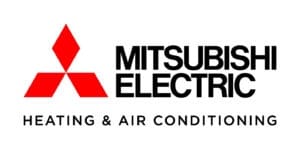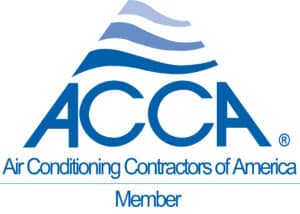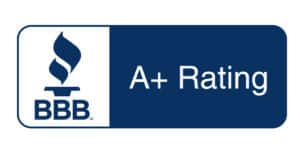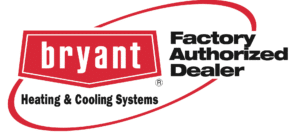At Kearney HVAC, we install a variety of Bryant gas furnaces. One of the features that varies between units is the energy efficiency rating. Our goal is to help educate homeowners so they can make informed decisions about their home heating system.
Measuring Gas Furnace Energy Efficiency with AFUE
The Annual Fuel Usage Efficiency (AFUE) measures how efficiently a furnace uses the fuel it burns while heating your home. The higher the AFUE, the more efficiently the furnace operates.
Utility Savings for Your New England Home
The more efficient the furnace, the lower your energy bills. Because the North Shore, Massachusetts and southern New Hampshire climate has relatively cold winters, your cost savings will be greater compared to a homeowner installing a high-efficiency furnace in a similar home, but in a milder climate. The upfront cost, however, of a high-efficiency forced air furnace is typically greater than a less efficient unit.
Cash Rebates for High-Efficiency Systems
Massachusetts and New Hampshire homeowners can qualify for Mass Save and Gas Networks rebates. Both of these programs have efficiency requirements to receive the rebates.
Homeowners installing a new gas furnace can qualify for:
- A $300 rebate for units with an AFUE rating of 95% or higher and an Electronic Commutated Motor (ECM)
- A $600 rebate for systems with an AFUE rating of 97% or higher and an Electronic Commutated Motor (ECM)
Variable-Speed Furnace Blower Motors For Energy Savings
There are two different types of furnace motors: a variable-speed motor (or ECM) and a multi-speed motor. The variable-speed blower motor has many speeds to choose from, while the multi-speed motor runs in either low, medium, or high speeds. A variable-speed motor saves energy because it has more speed options.
Venting Energy-Efficient Gas Furnaces
High-efficiency furnaces can use plastic piping to vent furnace gases because so much heat has been extracted. Such furnaces do not require a brick chimney for venting.







